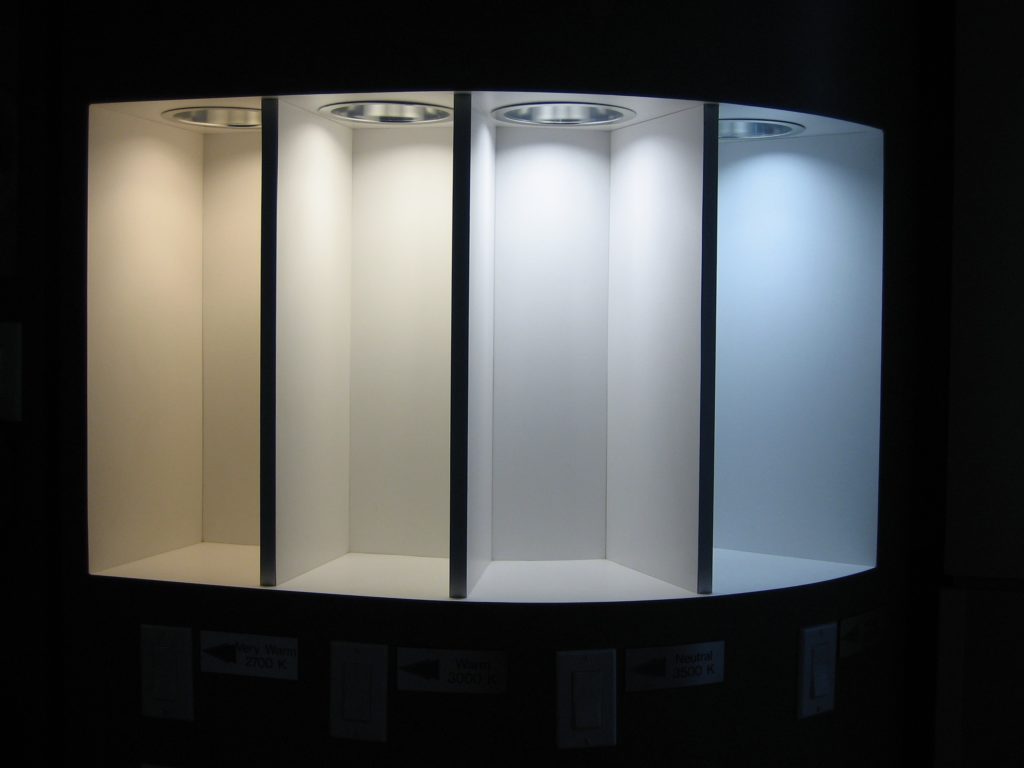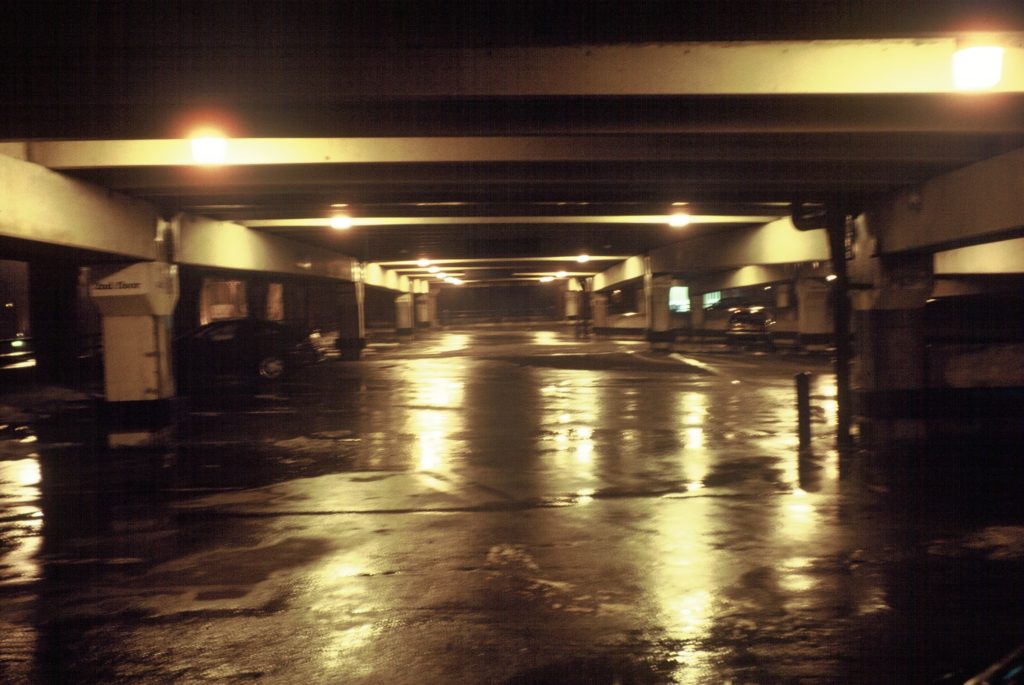This material has been excerpted from the soon-to-be-released Multifamily Guide offering best practice design for high performance multifamily new construction projects. Stay tuned for more information on the Guide’s release.
LED lighting had some of its earliest and broadest successes in exterior lighting applications.The substantially better energy performance of LED light sources resulted in significant energy savings in exterior applications, especially considering the long operating hours and large areas that often characterized many exterior lighting installations. The long service life and resulting lowered maintenance costs only contributed more cost savings to the decision to use LED lighting. And the better color rendering LED offered over the High Pressure Sodium (HPS) lamps that dominated exterior lighting applications was a non-energy benefit that just made another strong selling point.
However, the early and rapid adoption of exterior LED lighting did have some bumps along the way. LED lighting was sometimes criticized as being too bright, too white (or even too blue), too harsh, etc. LED lighting and its relatively high color temperature intensified general concerns about the impact of nighttime lighting on human circadian rhythms and sleep patterns. Concerns were significant enough that in 2016, the American Medical Association (AMA) Council on Science and Public Health issued a warning about the potential negative health impacts of LED site lighting. These issues are especially pertinent for multifamily projects since site lighting is in such close proximity to bedrooms.
The good news is that there are some readily available best practice approaches that designers can pursue to mitigate the negative impacts:
Luminaire Shielding. Luminaire shielding is a well-established solution to limit the encroachment of light into peripheral areas. Light shields can be installed on luminaires to block illumination in one direction. Luminaires with a higher cut-off angle that direct light in a more downward direction can also help reduce light trespass. LEDs are inherently a directional light source, so they are well suited to creating luminaires with higher cut-off angles, which are also a good approach to reducing light pollution in general. (For more on the issue of light pollution, see the International Dark-Sky Association’s resources at www.darksky.org.)
Color Temperature. Concerns about the impact of site lighting on human circadian rhythms and sleep patterns can also be addressed through specifying LED lighting with a lower color temperature. The AMA recommends that site lighting should have a color temperature no higher than 3000K. Color temperature is the way that the color of light is graded. Color temperature is measured in degrees Kelvin (K.) Lower numbers like those in the 2000s denote a “warmer” light that is more orange and yellow, a light more like traditional incandescent lamps. Higher numbers denote “cooler” temperatures that tend more toward blue. Most fluorescent lamps used in interiors are in the 3000s, with some “daylight” models in the 4000s or even 5000s. White LEDs are actually blue LEDs with special coatings, and they can have very high color temperatures. Many of the LED site lighting products available have a color temperature of 5000K, well within the range of what is considered “daylight” products.

Specifying lights with higher color temperatures exacerbates their negative impact on sleep. Lighting with a higher color temperature resembles sunlight more, and therefore its potential to disrupt the circadian rhythm and sleep is greater. Some studies indicate that white LEDs have five times the circadian rhythms disruptive capacity as High-Pressure Sodium (HPS) lamps.[1] A very simple way to address this issue is to specify lighting with a lower color temperature and a “warmer” light quality. The options for lighting are not as broad for exterior lighting as interior, but many LED site lighting products are available in 3000K configurations, right in line with the recommendation of the AMA.
Light Levels. The light from LEDs is different from previous technologies like Higher Pressure Sodium and Mercury Vapor. As such, the adoption of LED lighting presents the opportunity to rethink light levels completely. The peculiar light characteristics of HPS lamps means that the design rules of thumb developed for them do not translate well to other light sources, especially LEDs. To address this issue in new lighting designs, it is important to design for the light characteristics of LED sources avoiding old guidelines that were developed over years for the particular light characteristics of HPS. Designs with LED lighting should be calculated from the target foot-candle.
Site lighting brightness should actually be reconsidered in general. Higher light levels are often desired or demanded for safety reasons. However if care is not taken, increases in luminaire brightness can have a negative impact on safety due to contrast and glare. Bright light sources in the landscape cause the pupil to contract and let less light into the eye. These overlit pools of light deepen shadows in the landscape, potentially hiding hazards and dangers. Making the fixtures brighter does not address this problem, and may in fact exacerbate it. The human eye does not adapt well or quickly to large light level changes, so if the person moves from a well-lit area of the site to a less well-lit area, it can take 10-60 minutes for their eyes to fully adapt. The best strategy for security lighting is lower light levels that are more even across the traveled site area, to avoid the creation of high-contrast dark zones.

Controls. Even highly efficient light sources like LEDs can benefit from good control strategies. The energy code requires controls that turn site lighting off during daylight hours, but there are opportunities to turn site lighting off or down during nighttime hours as well. Most sites see a period with little to no activity each night. During these hours, site lighting can be turned down and landscape lighting can be completely turned off to increase site lighting efficiency. LED light sources are very well-suited to dimming, making step down strategies very feasible. These strategies can also reduce complaints in multifamily projects from occupants about bright site lighting at night without sacrificing security and safety.
Sean Denniston, Senior Project Manager
[1] Falchi F, Cinzano P, Elvidge CD, Keith DM, Haim A. Limiting the impact of light pollution on human health, environment and stellar visibility. J Environ Manage. 2011;92:2714-22.
